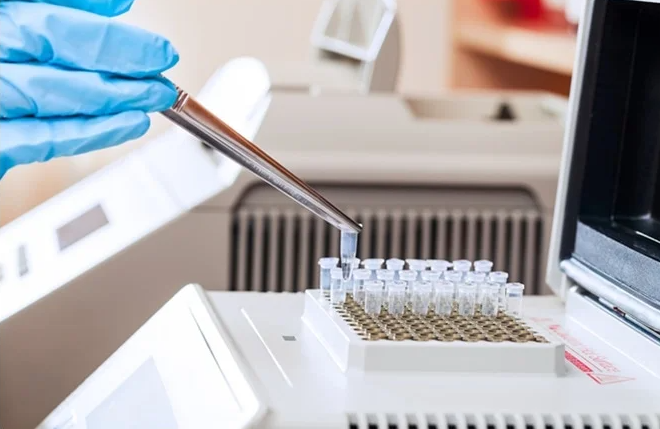Application of Real-time fluorescence quantitative PCR
What is real-time fluorescence quantitative PCR?
Quantitative real-time PCR is a method that uses fluorescent chemicals to measure the total amount of products after each CYCLE of POLYMERase chain reaction (PCR) in DNA amplification. Quantitative analysis of a specific DNA sequence in a sample by internal or external reference method. ,
Real-timePCR is a real-time detection of PCR process through fluorescence signal during PCR amplification. Since there is a linear relationship between the Ct value of the template and the initial copy number of the template in the exponential period of PCR amplification, it becomes the basis for quantitative analysis.

Application of real-time fluorescence quantitative PCR
Clinical disease diagnosis
Diagnosis and efficacy evaluation of infectious diseases such as hepatitis, AIDS, avian influenza, tuberculosis and venereal diseases; Thalassemia, hemophilia, gender dysplasia, mental retardation syndrome, fetal malformation and other prenatal and postnatal testing; Detection of tumor markers and tumor genes to achieve the diagnosis of tumor diseases; Genetic genetic testing enables the diagnosis of genetic diseases.
Animal disease detection
Avian influenza, Newcastle disease, foot and mouth disease, swine fever, Salmonella, Escherichia coli, Actinobacillus pleuropneumoniae, parasitic diseases, bacillus anthracis.
Food safety
Detection of foodborne microorganisms, food allergens, transgenic organisms and enterobacter sakazakii in dairy enterprises.
Scientific research
Quantitative study of molecular biology related to medicine, agriculture and animal husbandry and biology.
Application industry of real-time PCR
Medical institutions at all levels, universities and research institutes, CDC, inspection and quarantine bureaus, veterinary stations, food enterprises and dairy factories, etc.
Because qPCR is a real-time quantitative detection of pathogenic pathogen gene nucleic acid, it has unique advantages over chemiluminescence, time resolution, protein chip and other immunological methods.